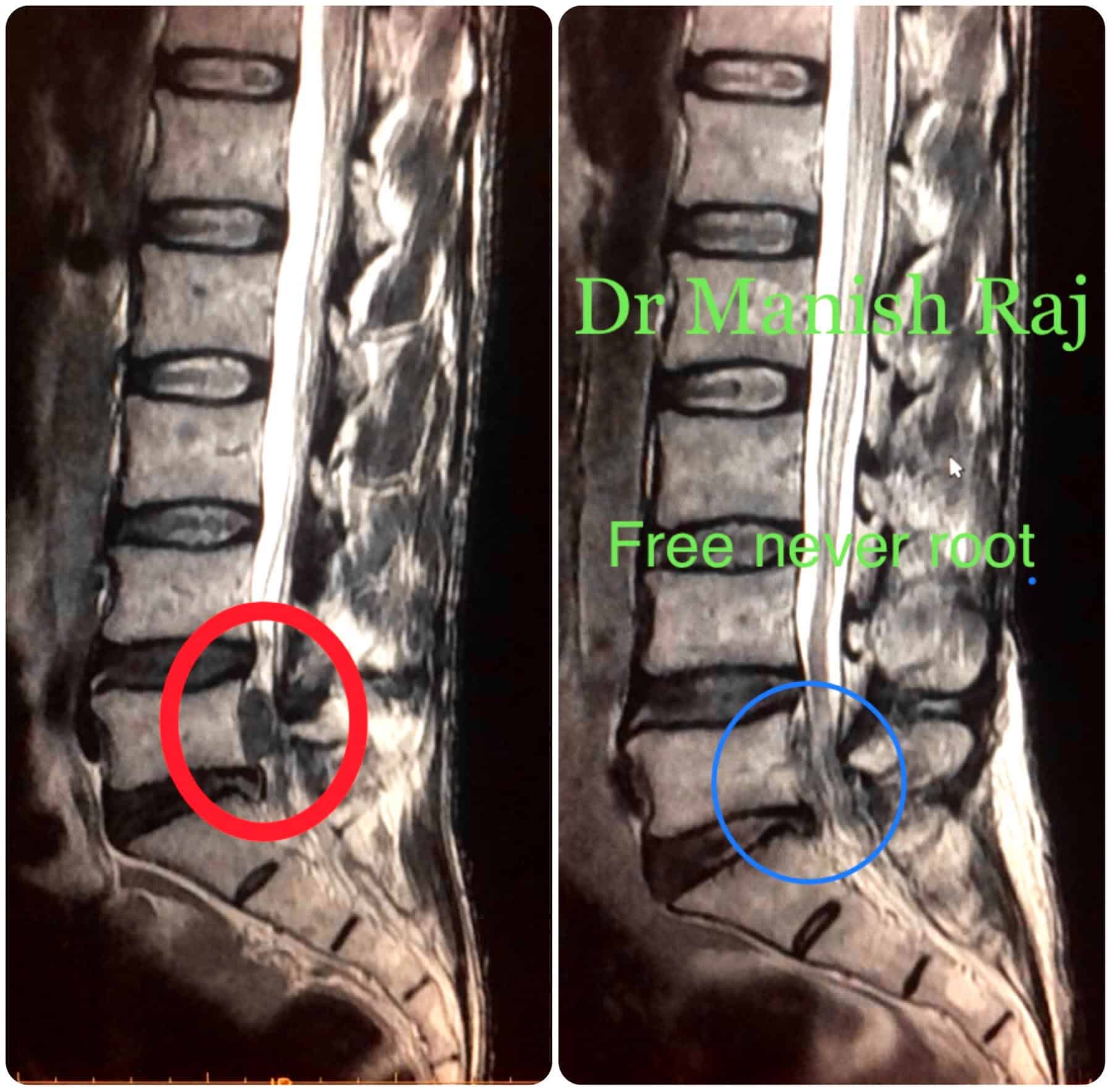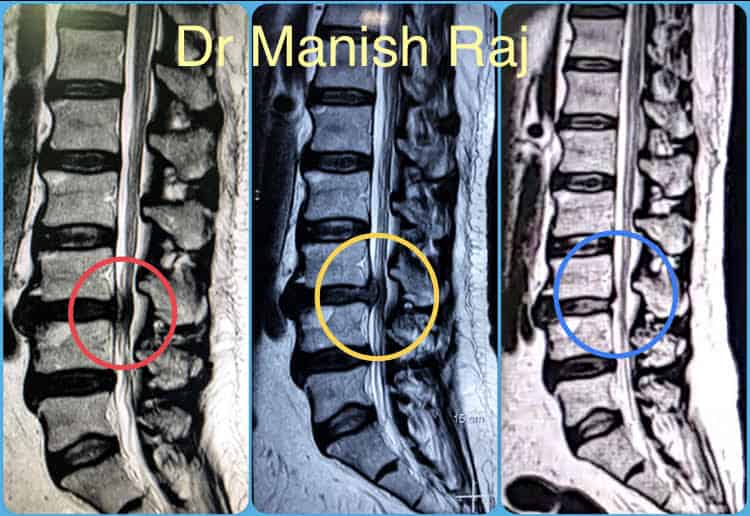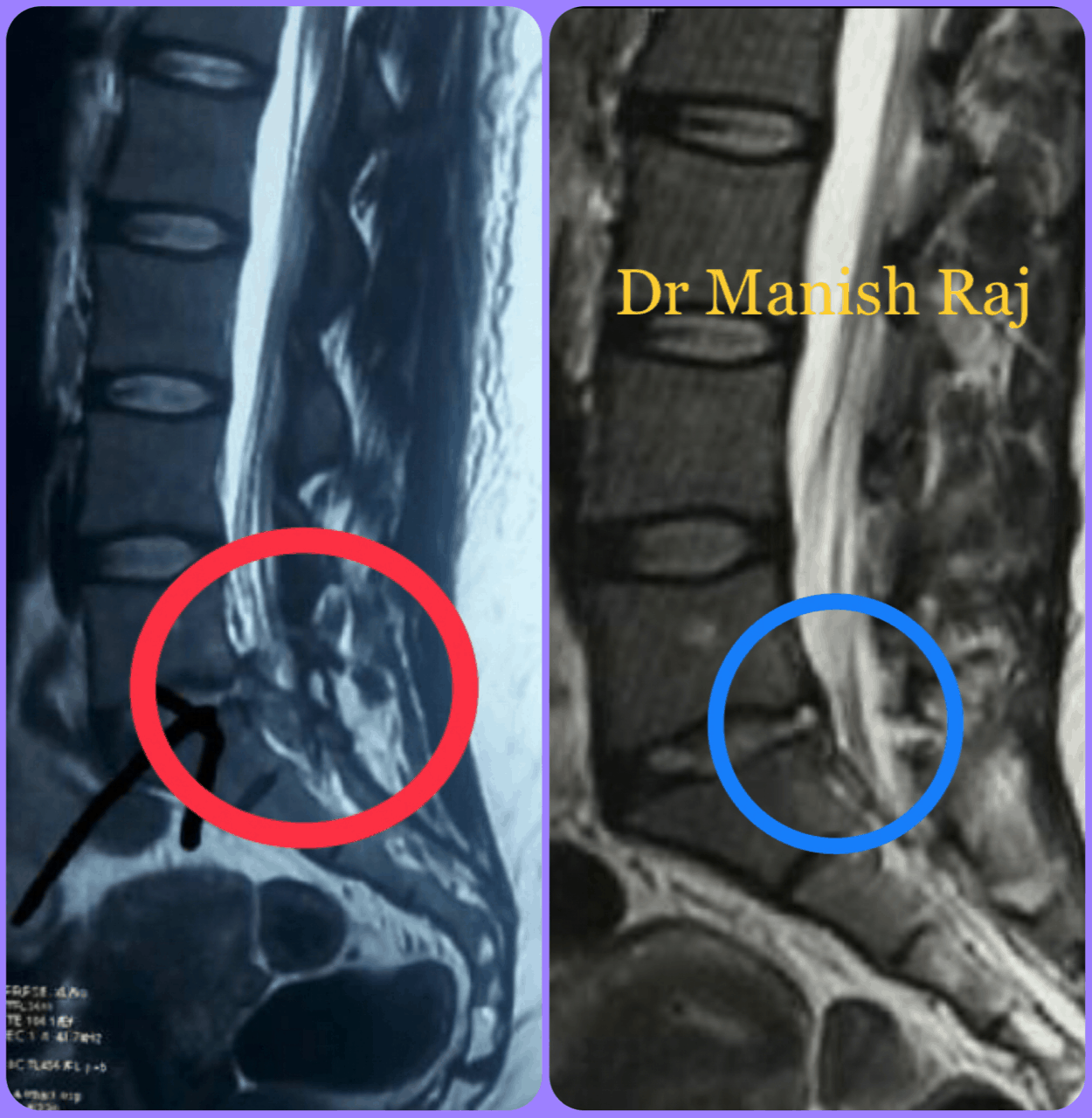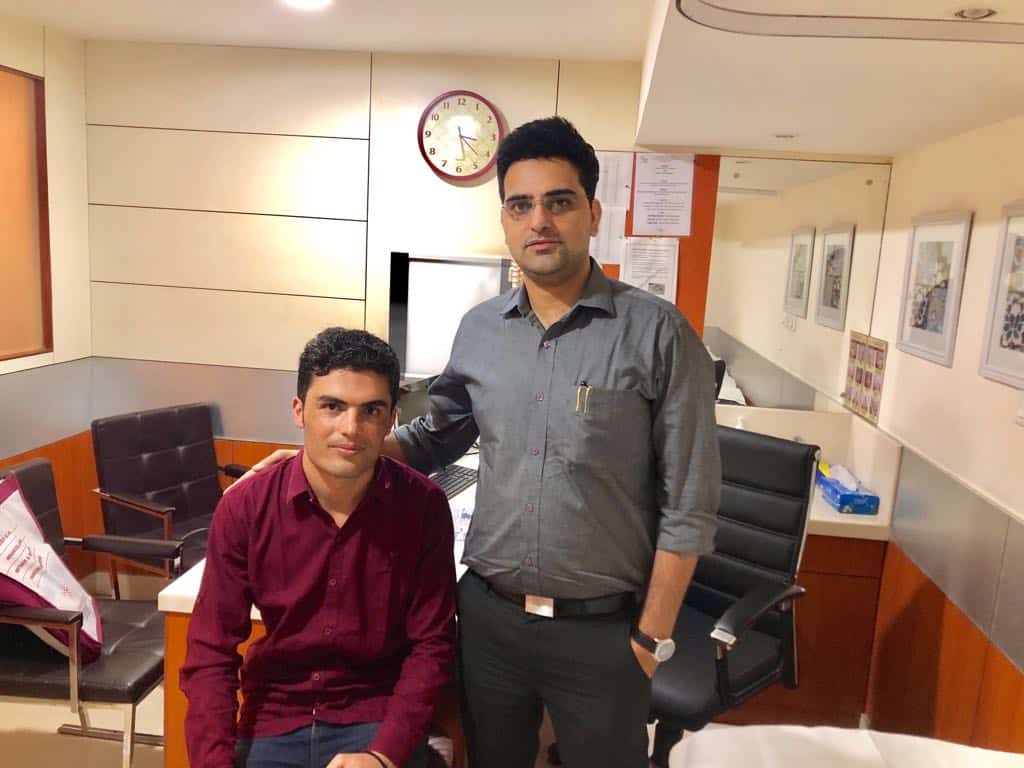A sequestrated disc is one complicated type of herniated disc in which a piece breaks off from the main structure and remain free in spinal canal compressing other vital structures. Once separated, the detached fragment can, and often does, move up or down, causing symptoms or repercussions at an entirely different level of the spine. It can cause severe pain in the leg, severe movement restrictions & loss of bowel/bladder function (Cauda equina syndrome)
Neurological deficit alarms us of impending irreversible motor nerve injury & hence the decision is always taken to decompress the structure via TISSUE-DESTRUCTIVE OPEN SPINE SURGERY (laminectomy, a microdiscectomy or a Fusion).
Here we are sharing excellent result in a patient having superior sequestration at L5-S1 disc, which was addressed by an interlaminar approach of TISSUE-PRESERVING MINIMALLY INVASIVE ENDOSCOPIC DISCECTOMY SURGERY. Surgery could be performed through 8mm tube, HD camera, with precise endoscopic instruments. The patient was fully conscious during the whole surgery & could walk 2 hours later. We gave very good results for the patient. He has no pain at followups and also no motor deficit. His bowel bladder function is intact.

The first scientific work on the treatment of sequestrated disc via percutaneous endoscopic discectomy in India was published by us “Raj M, Kim HS, Kothari K, Agarwal A, Maqsood K. Percutaneous endoscopic interlaminar lumbar discectomy for superiorly sequestrated disc L5–S1: A case report with technical review. Indian J Pain 2017;31:68-72″ download pdf









